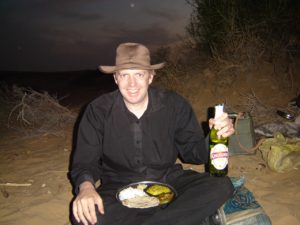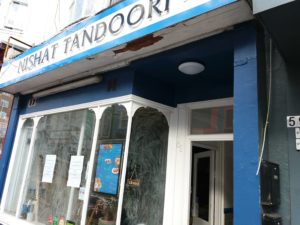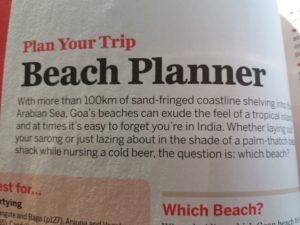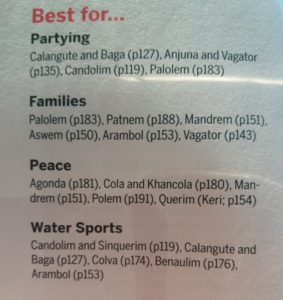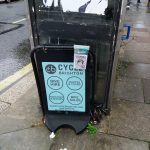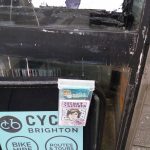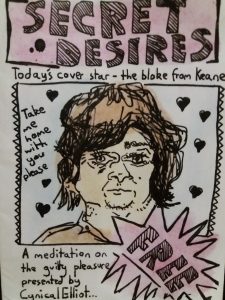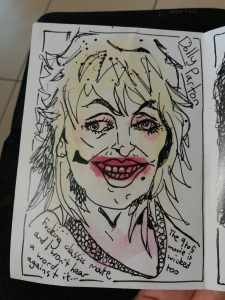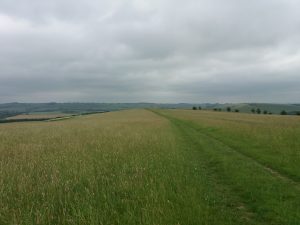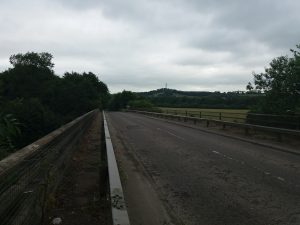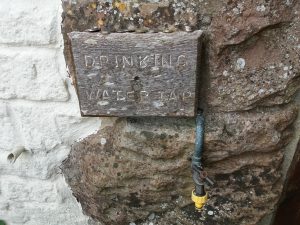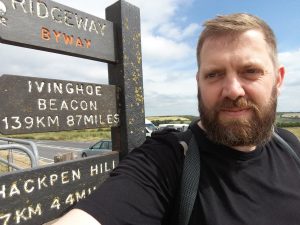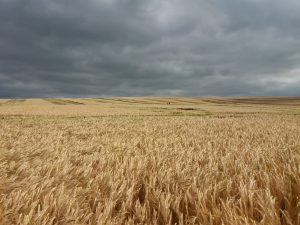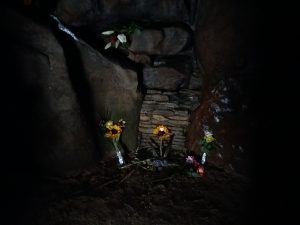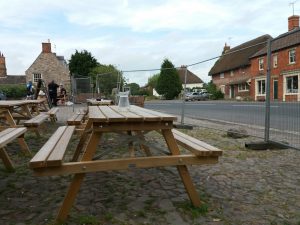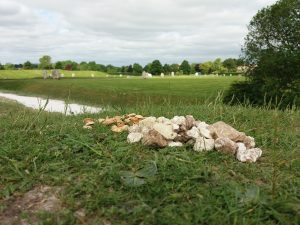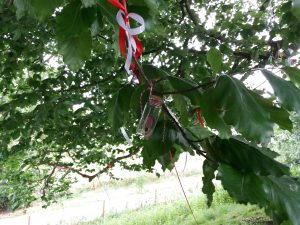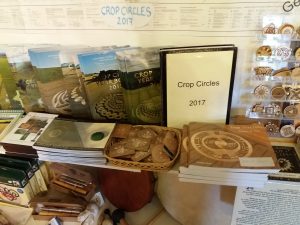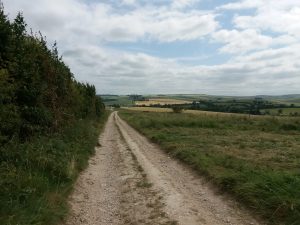The news broke on Thursday 29th March (the date exactly a year before Brexit): Theresa May was planning an Easter break in Wales. This was notable because of what happened last time the PM went hiking in Wales. Given time to think and relax in the glorious scenery, May was inspired to hold a snap general election.
A year later, she returned to Wales. Who knows what brave and bizarre plan will emerge from this trip? The newspapers have responded to this with headlines implying a time of national crisis. I liked the Sun’s lead:
Apparently when May joked that she was not planning to hold another election, Iain Duncan-Smith responded: “The PM assured us she won’t do the same as she did last year, but I will wait until she gets back just to make sure”. And, to be fair, Theresa May has a record of committing to something and making a sudden U-turn.
I’m fascinated by Theresa May’s previous trip to Wales and recently booked a visit to Dolgellau to follow in her footsteps. Partly it’s a good excuse for a holiday – I’ve been meaning to visit Powis Castle and Portmerion for years, and fancy some hiking. But it’s also part of a longer project.
Back in October, I joined with the Indelicates in organising the October Ritual. Rather than a straightforward album launch, we organised out a magic ritual to banish the demons of Brexit. It was quite an event – Cat Vincent’s incantation during the final song was spine-tingling. It was easy to believe in magic at that moment.
I gave a talk at the event on hiking and Brexit, subjects that have overlapped in small ways for me. I’ve hiked through the fruit fields of Kent, which rely on foreign labour; I’ve had racist B&B owners tell me the appalling lies that led them to vote leave; I’ve walked the fringes of the estates owned by the figures bank-rolling Brexit. The more I’ve read, the more things that have connected with the subject – Tolkien, folk horror, the British Empire and Glastonbury. These have implied other hikes, some of which are already arranged. And, tied into it all is the concept of magic and Brexit.
A 600,000 majority has been transformed into a mandate for the hardest of Brexits, and there seems to be no coherent opposition. Under these conditions, writing and hiking seem as constructive as anything else I could be doing. So, I am off to Wales to do some hiking, and to visit an interesting part of the country. But I will be writing a story too.




